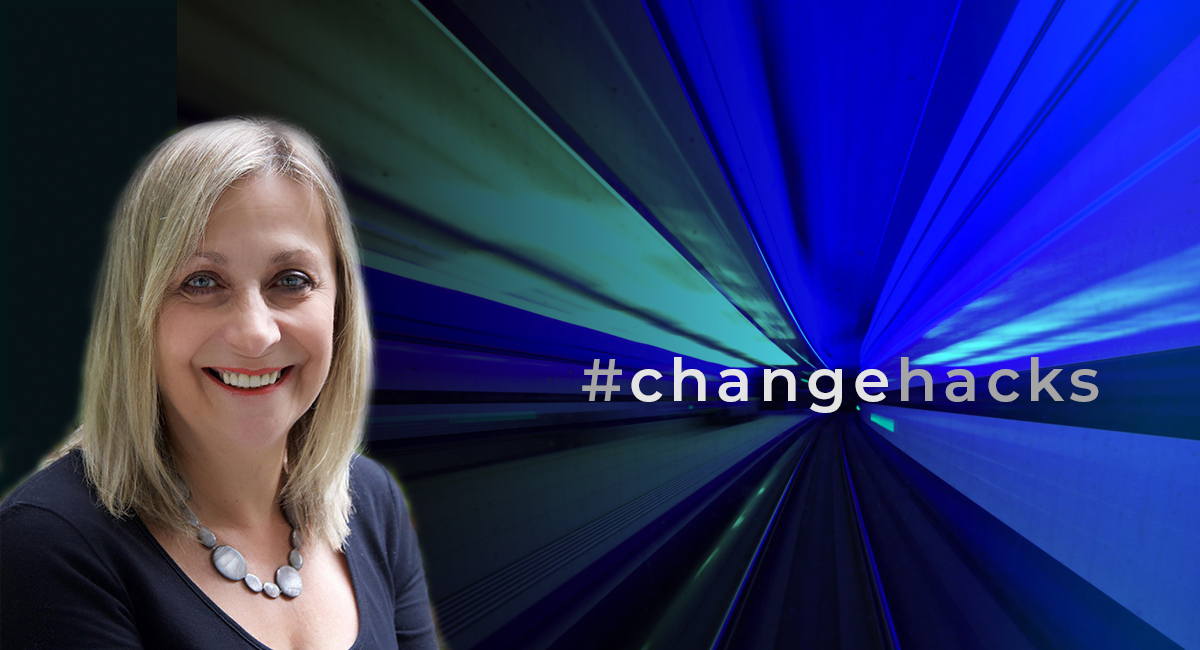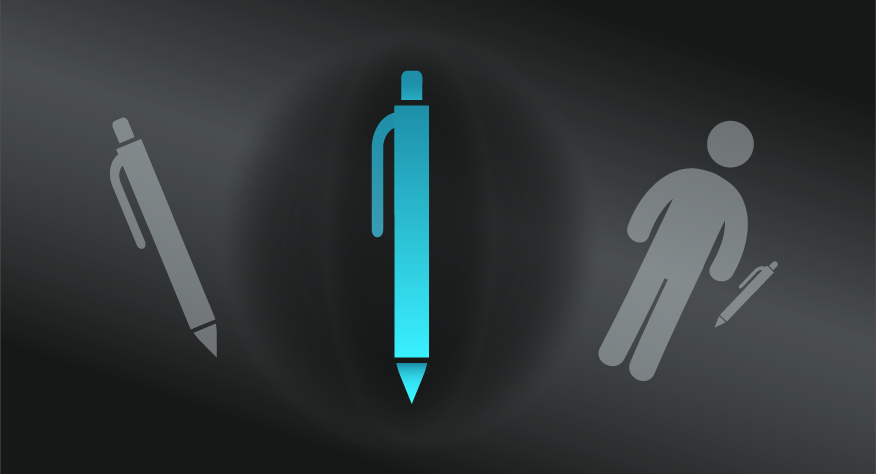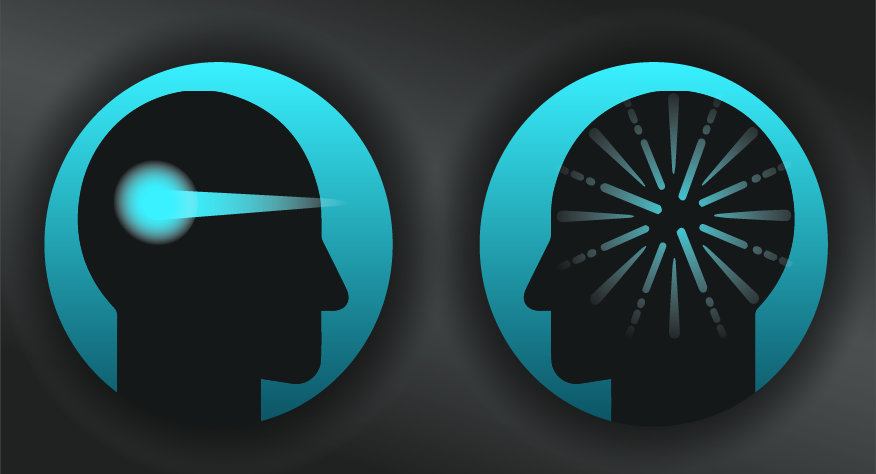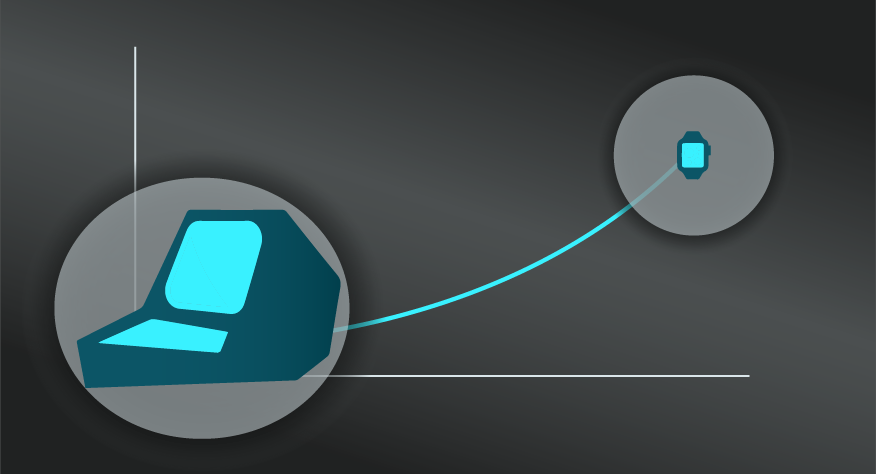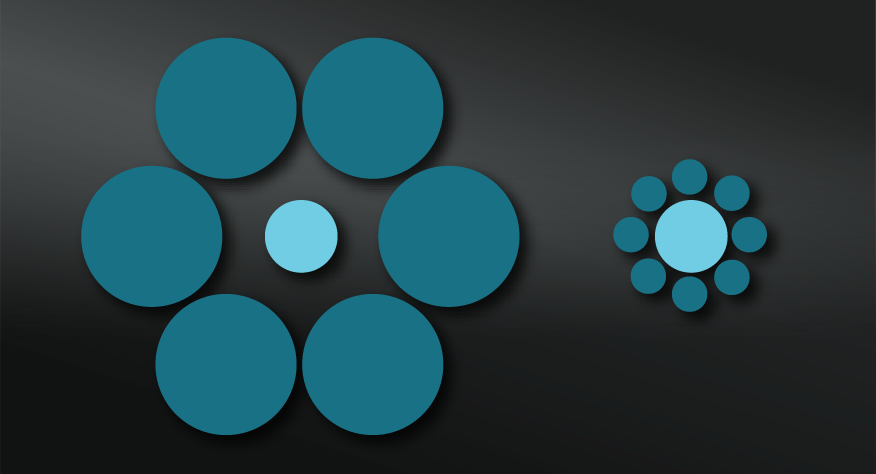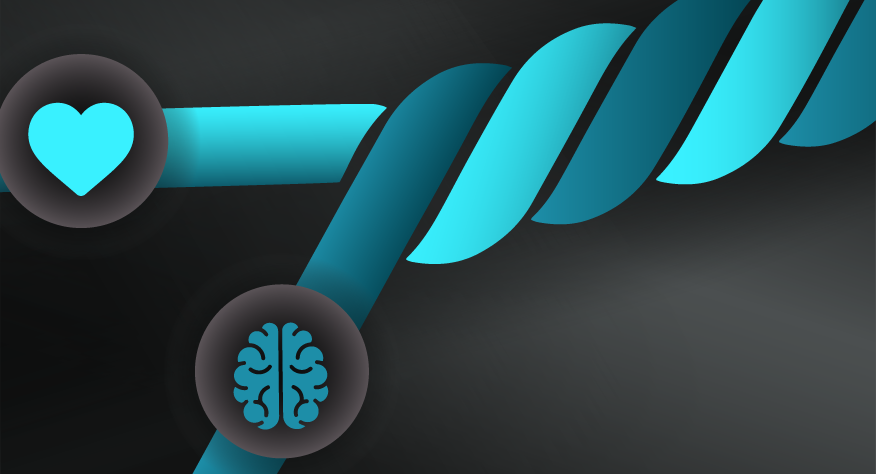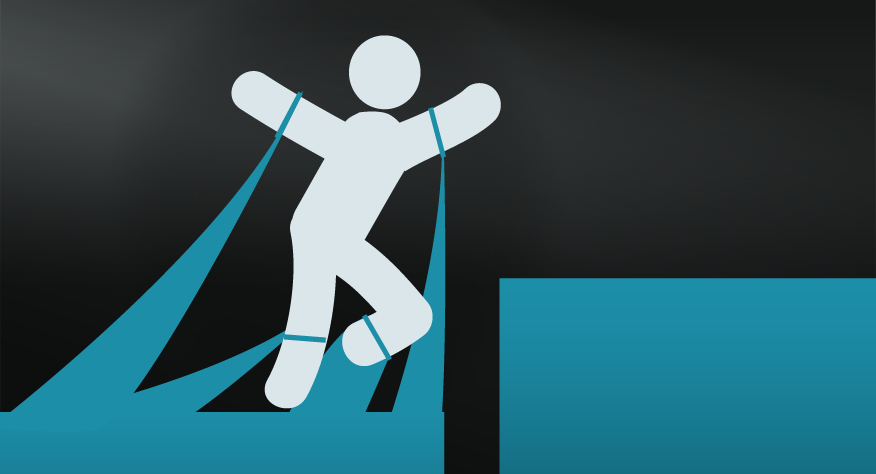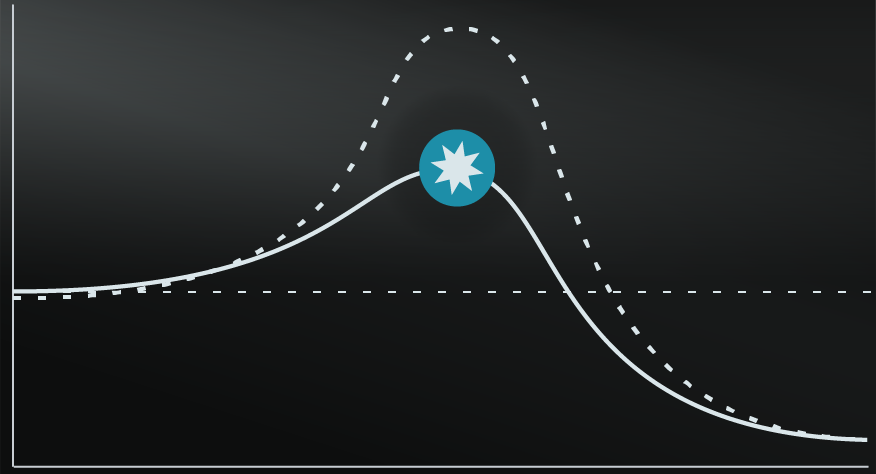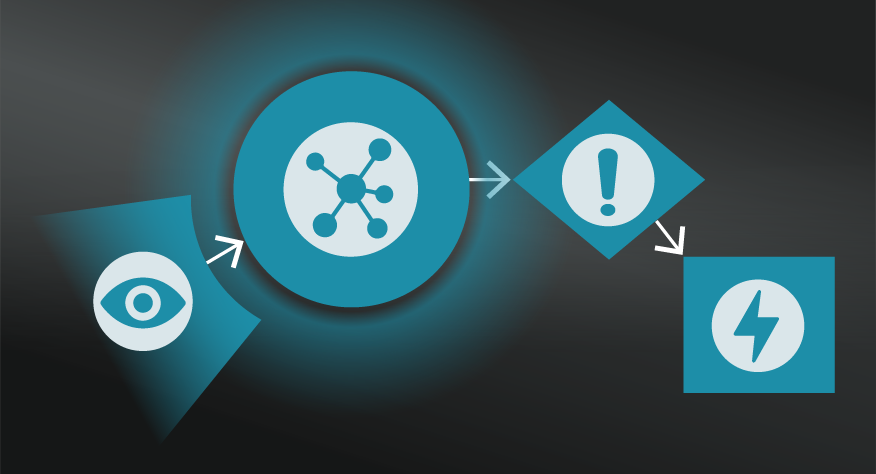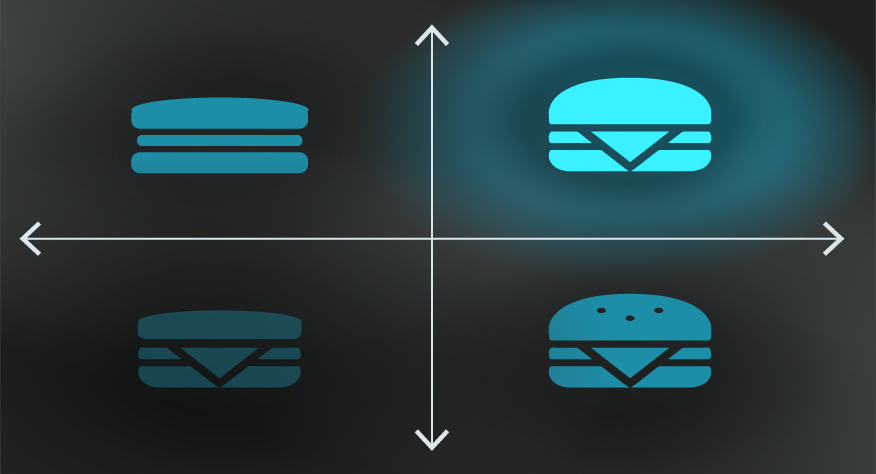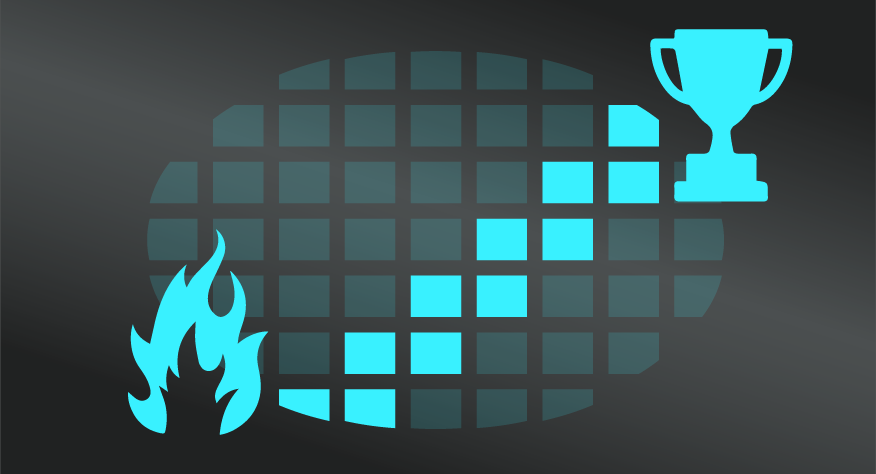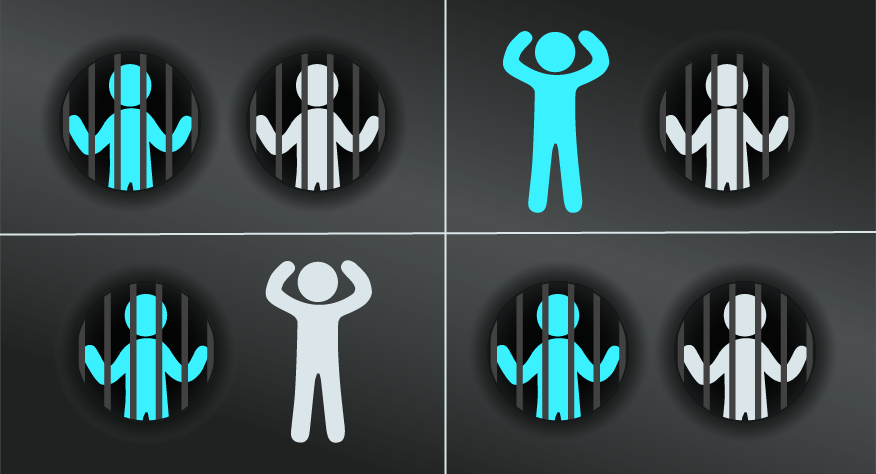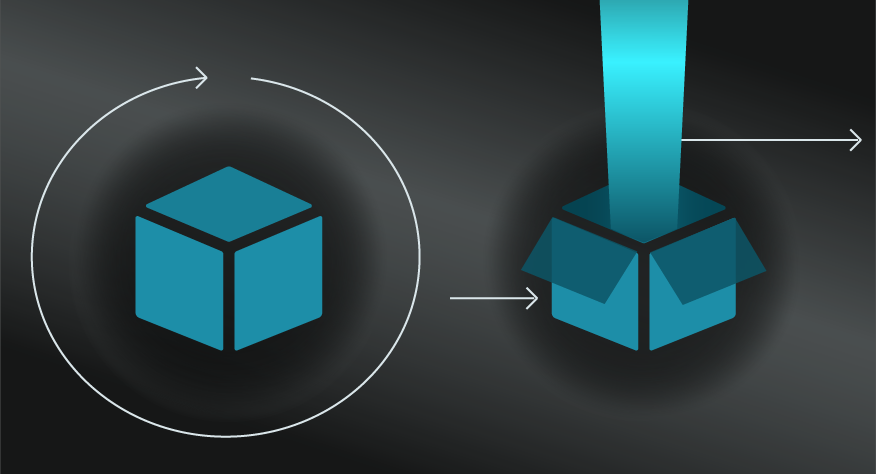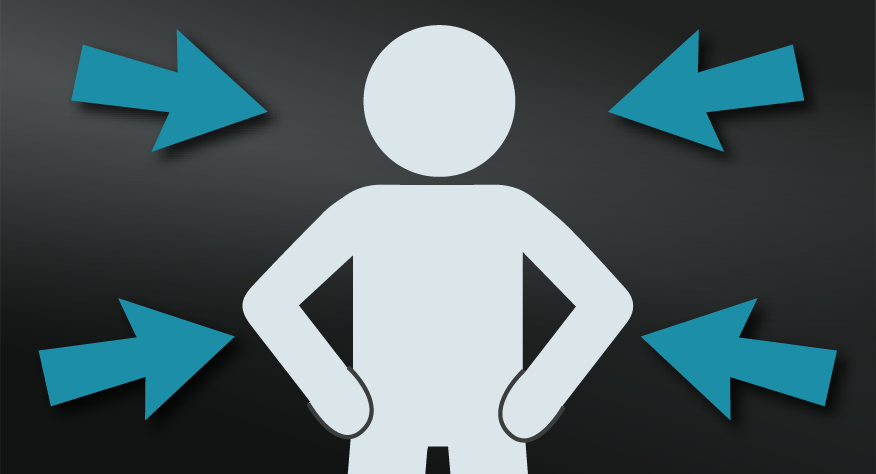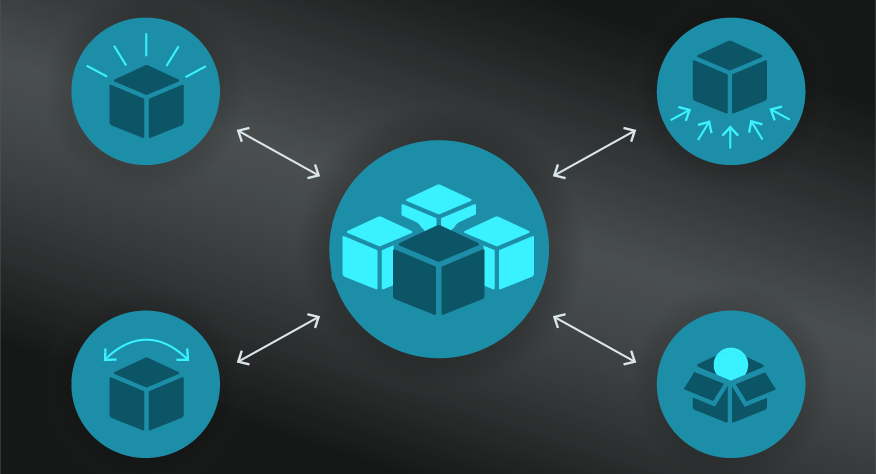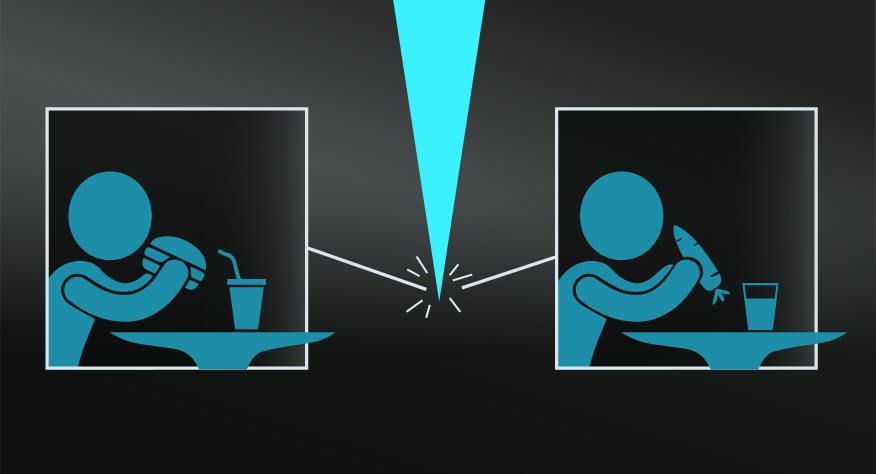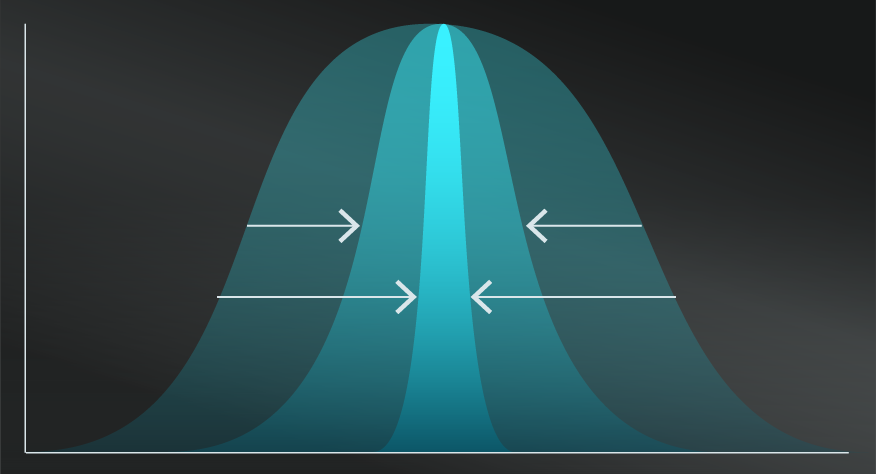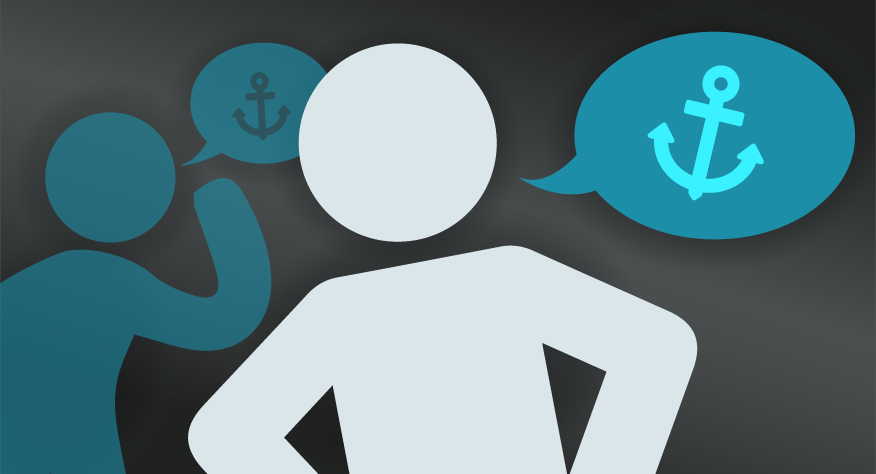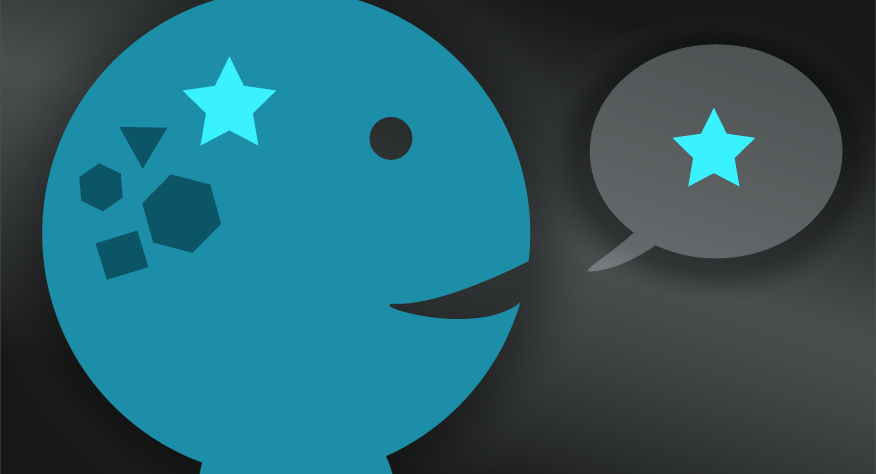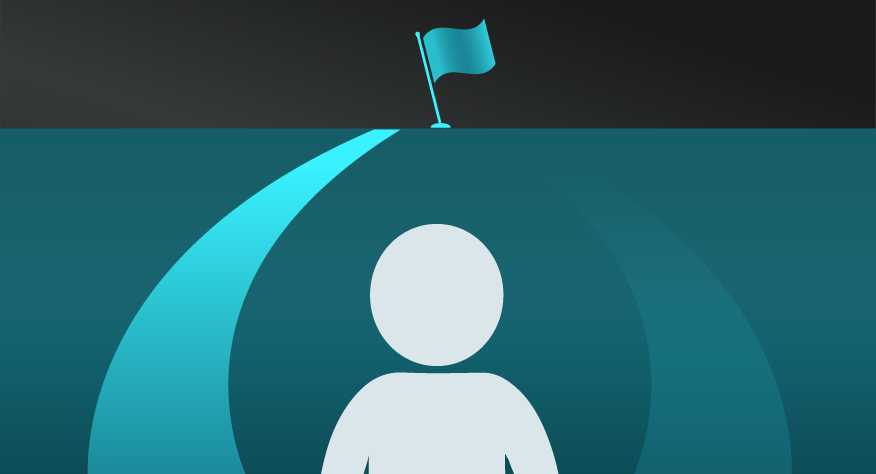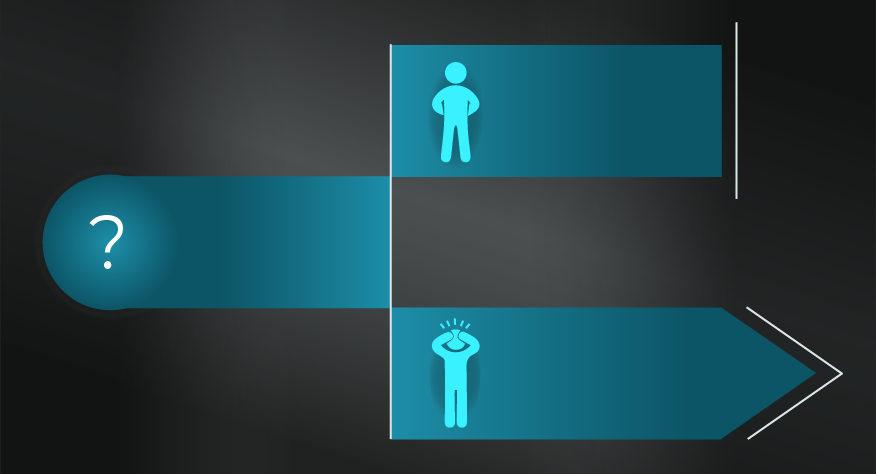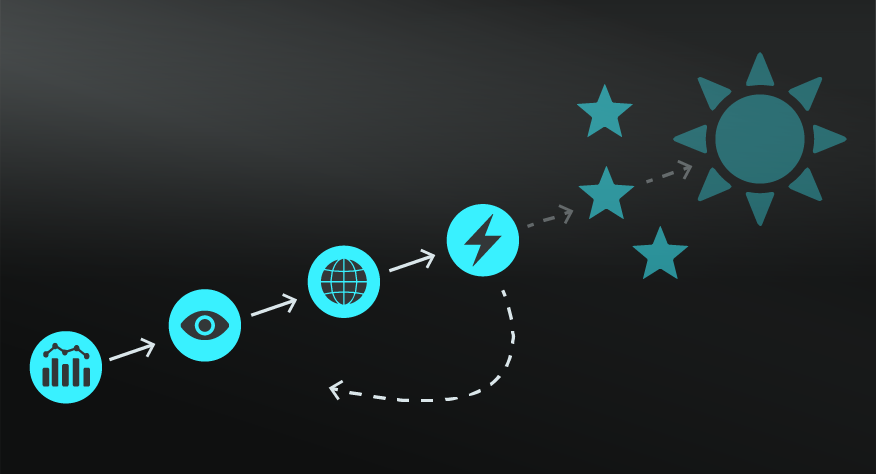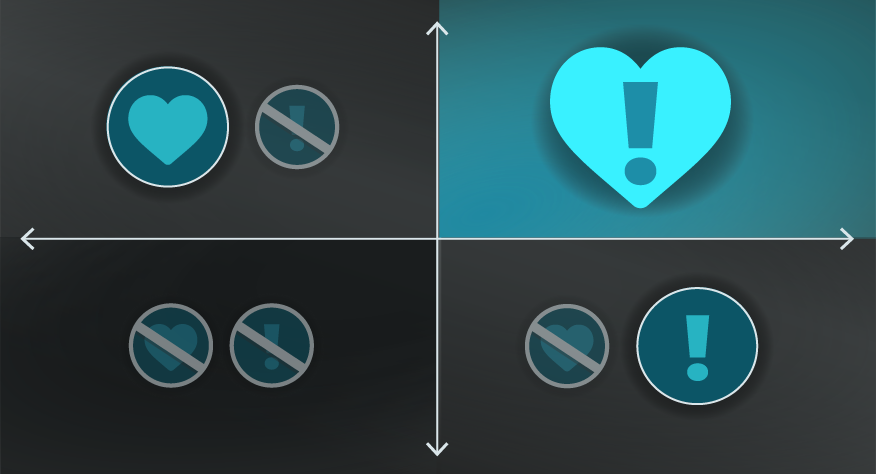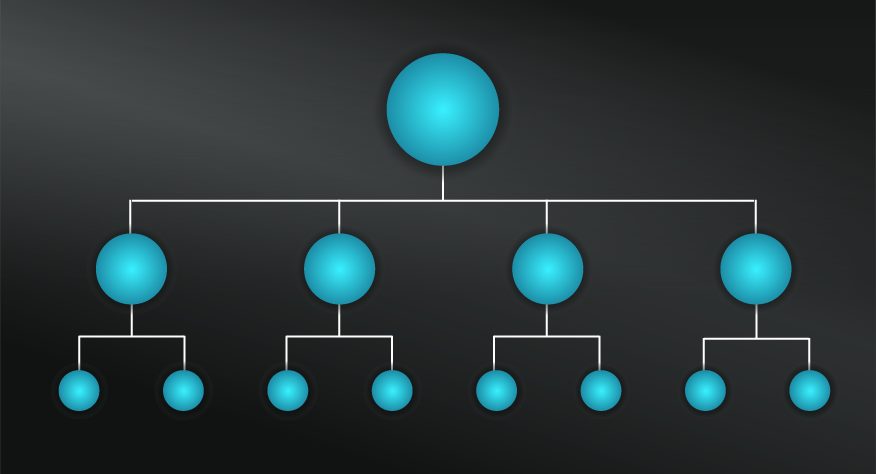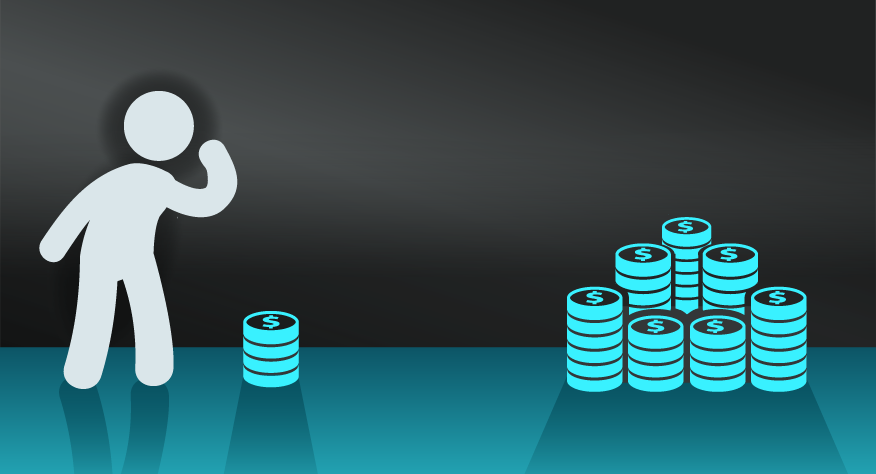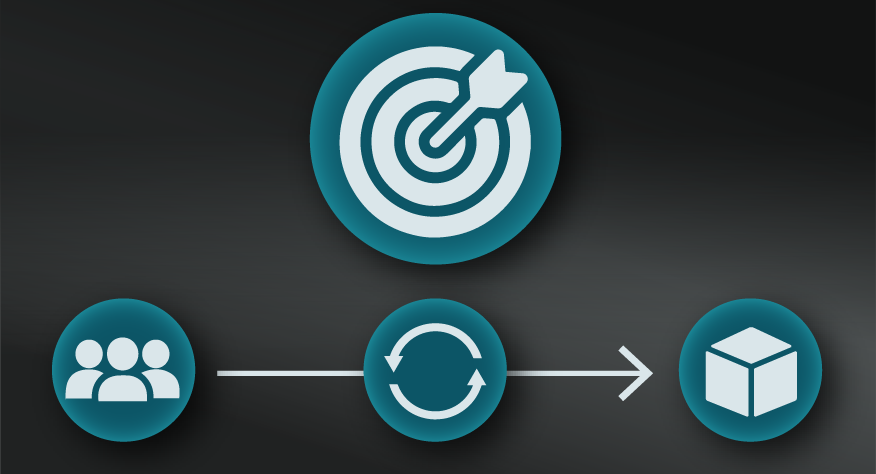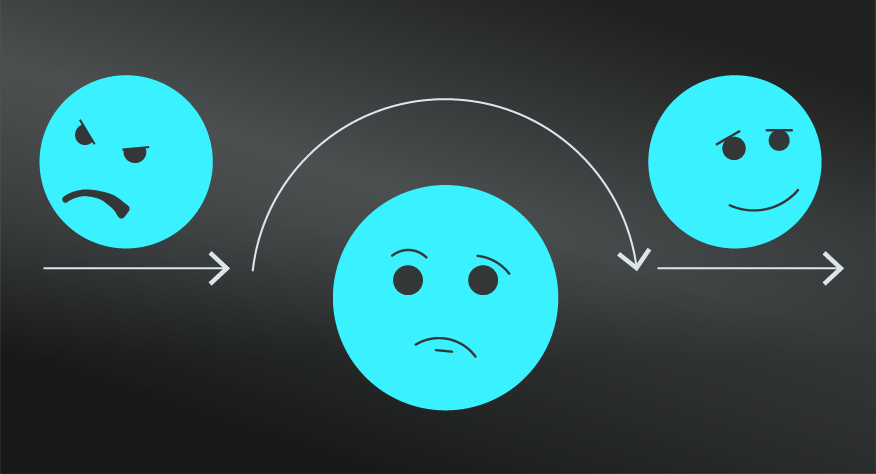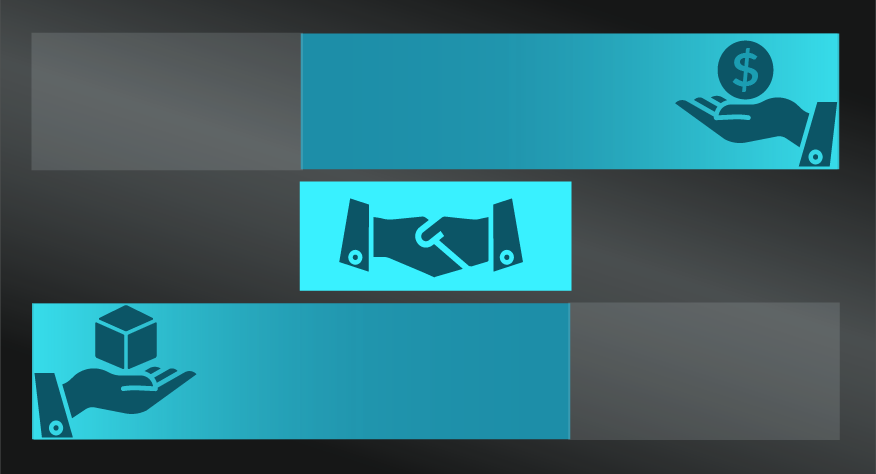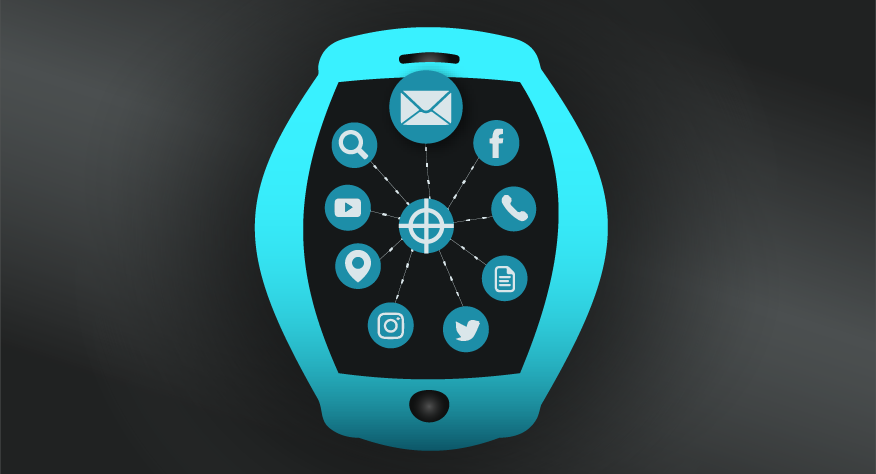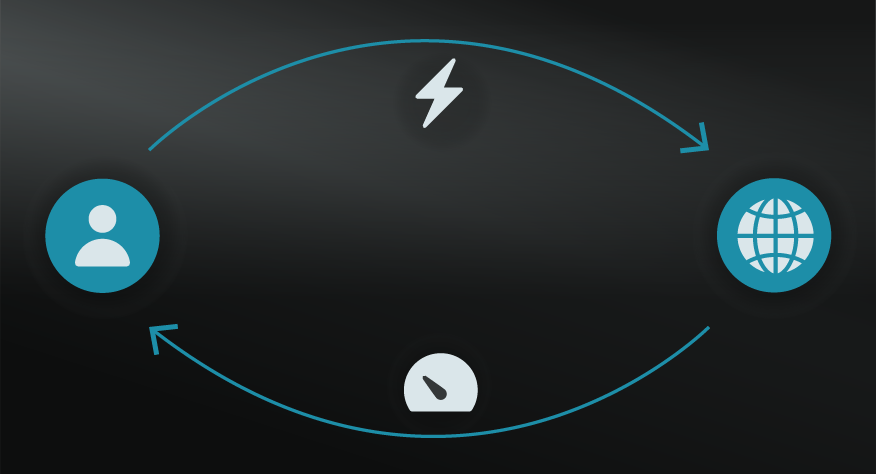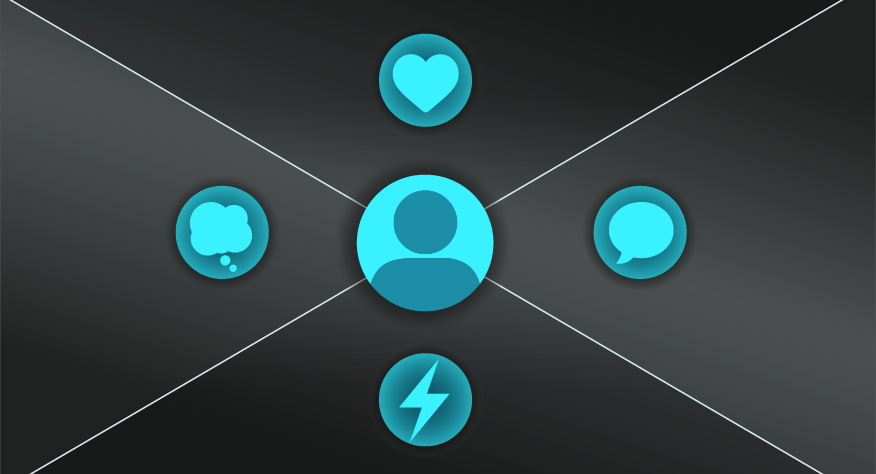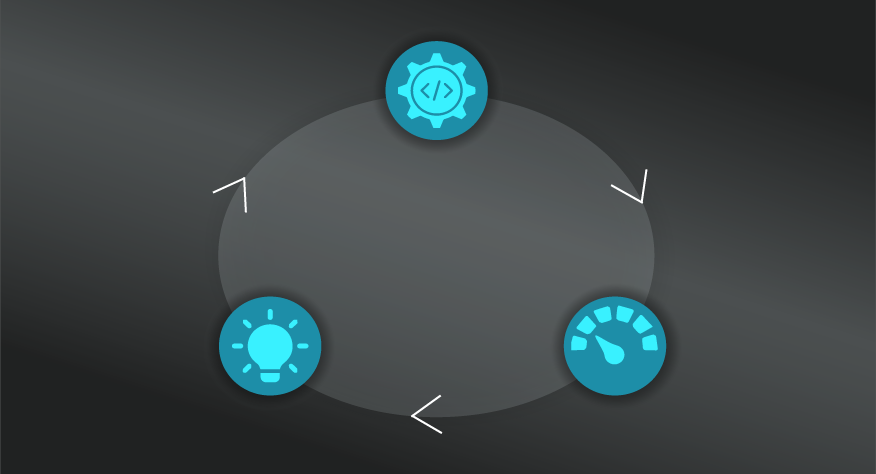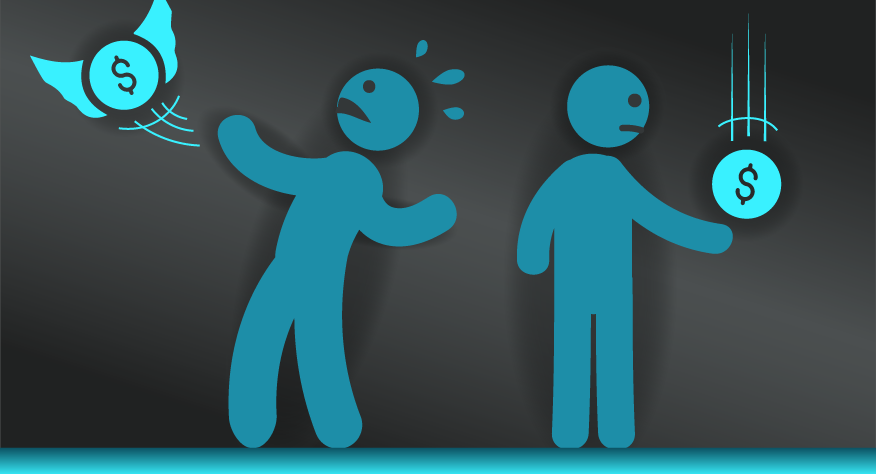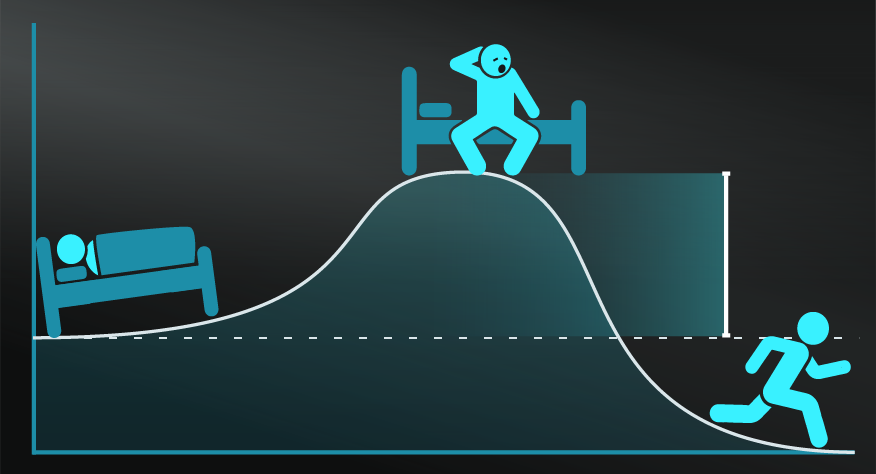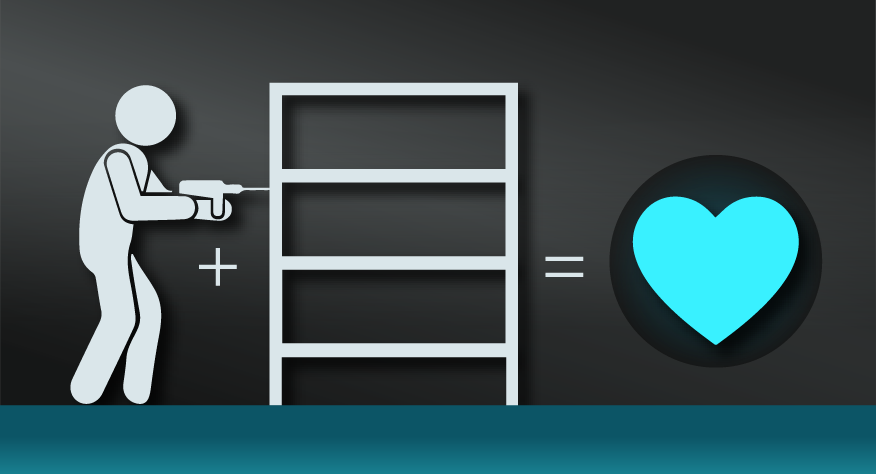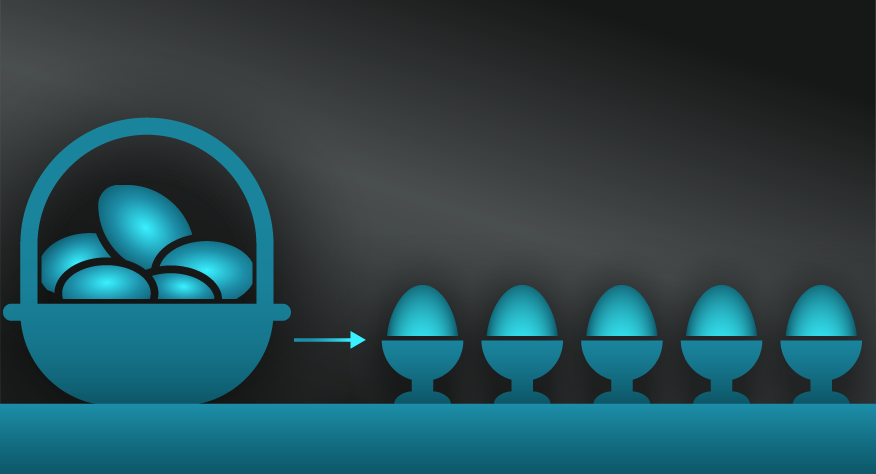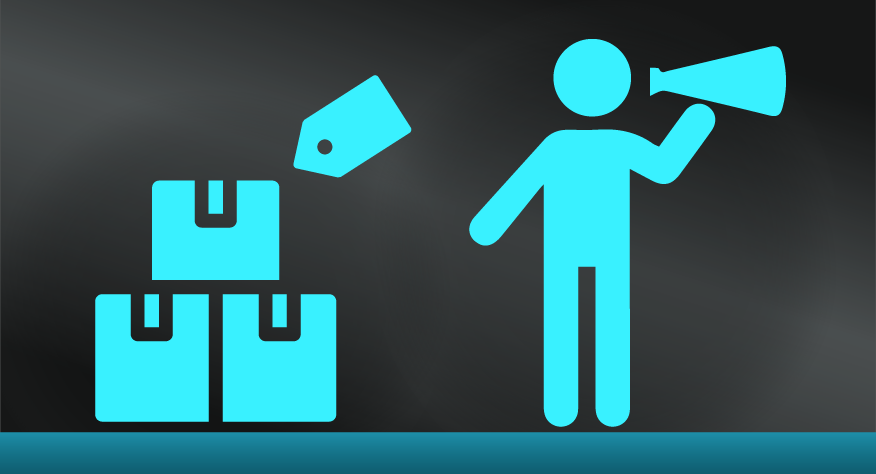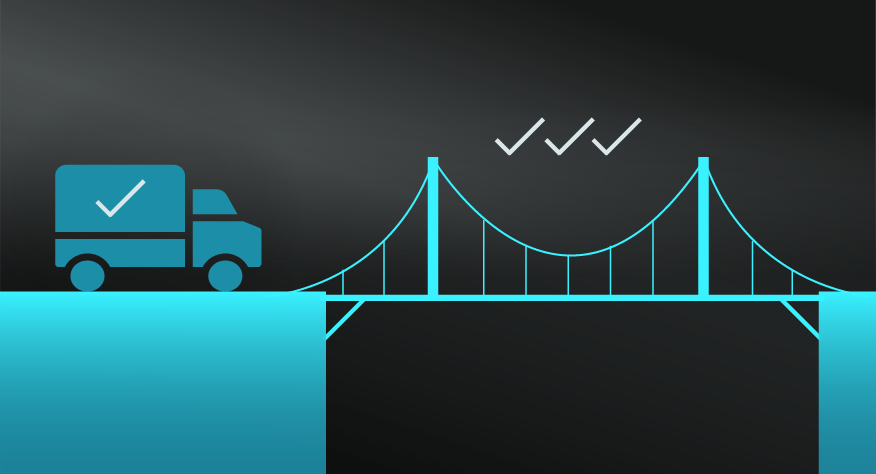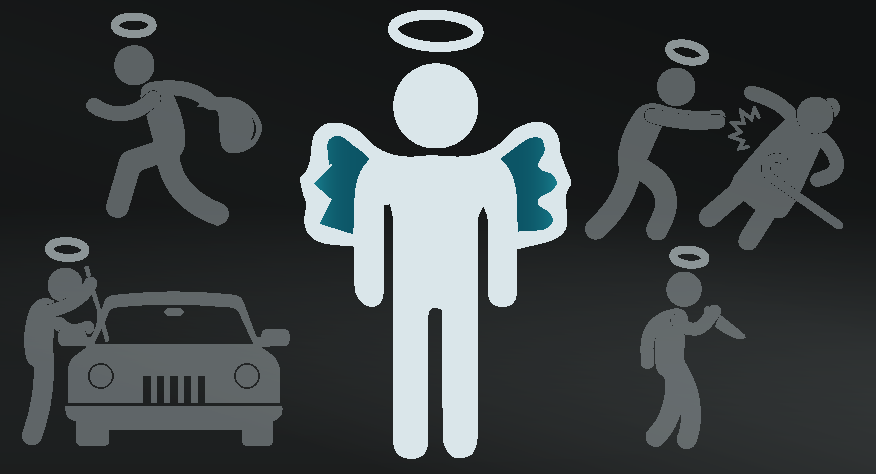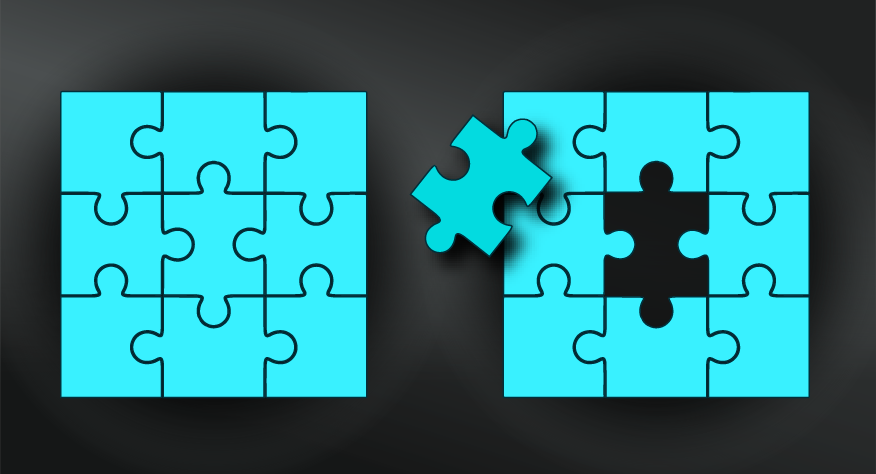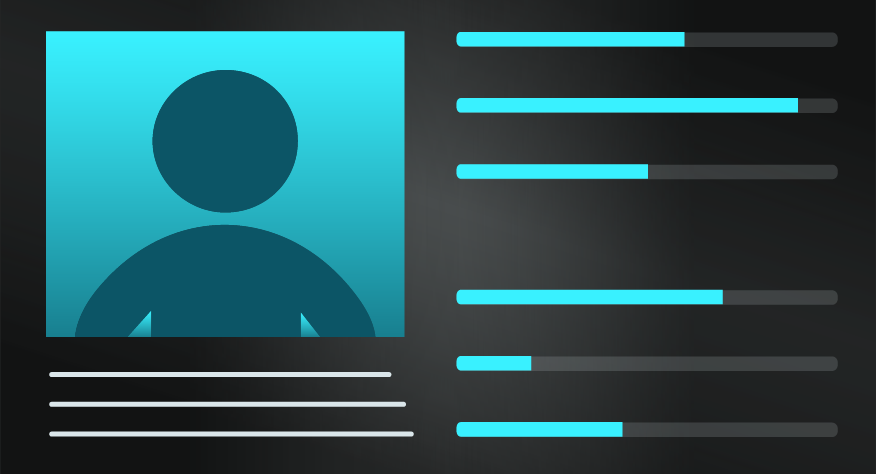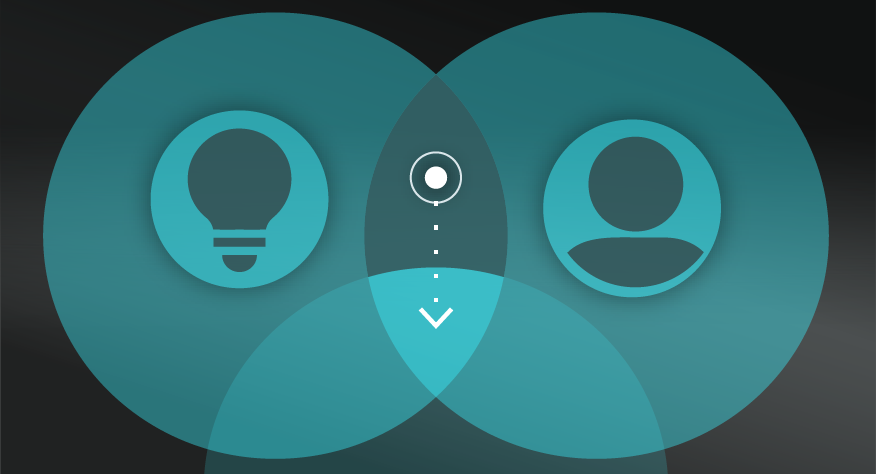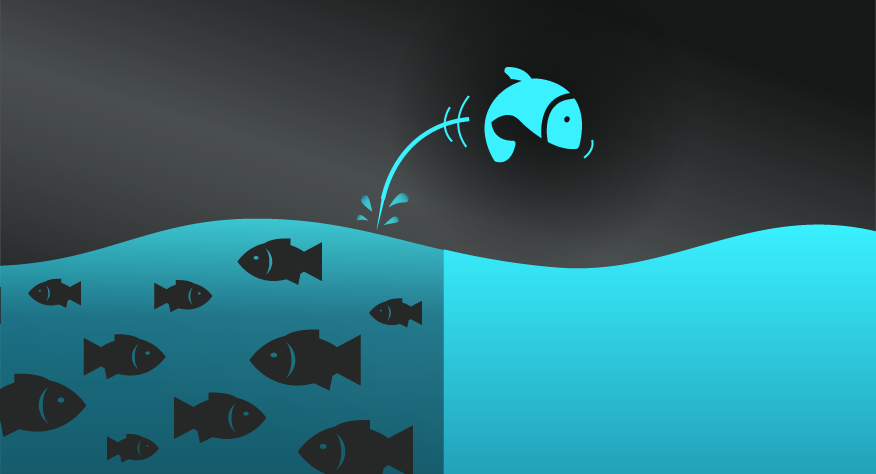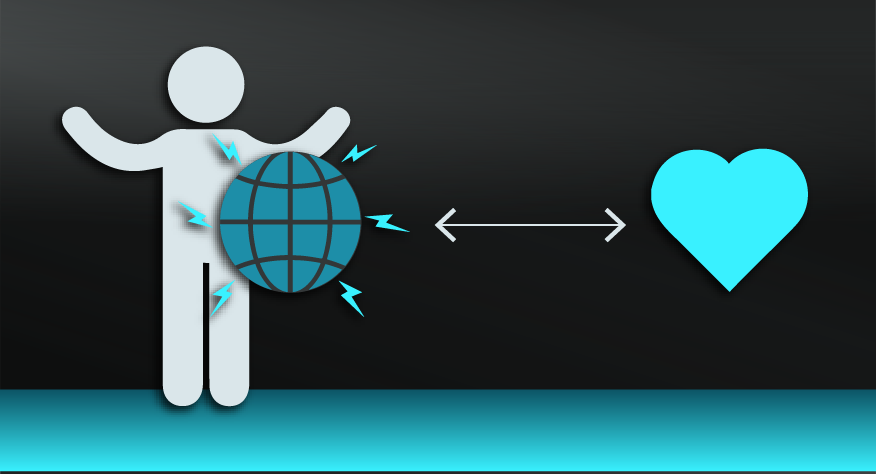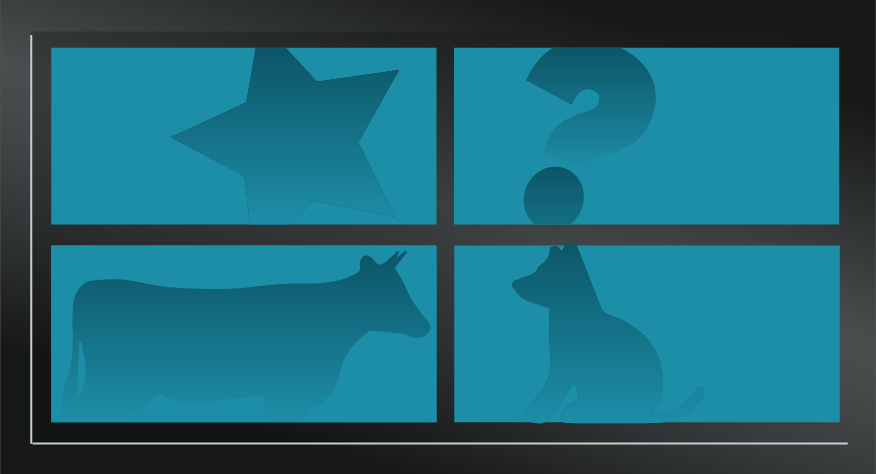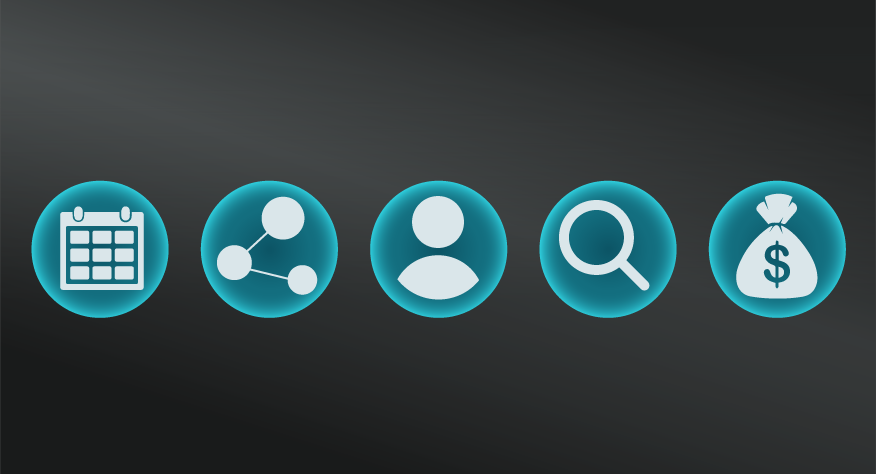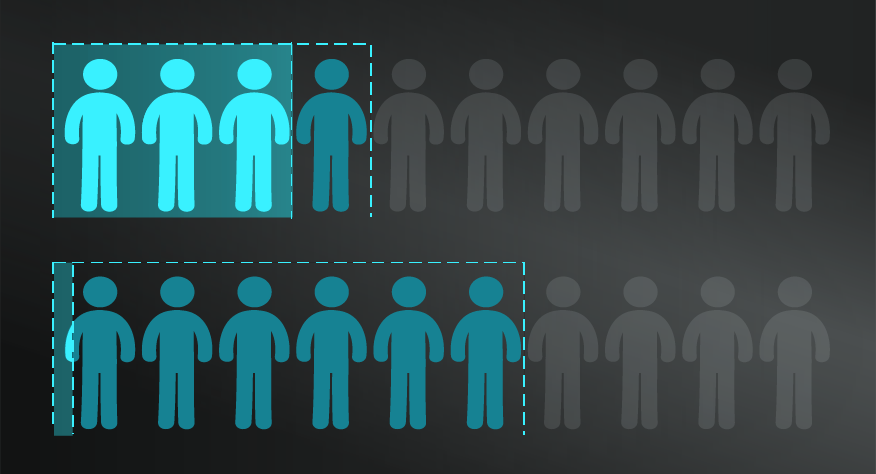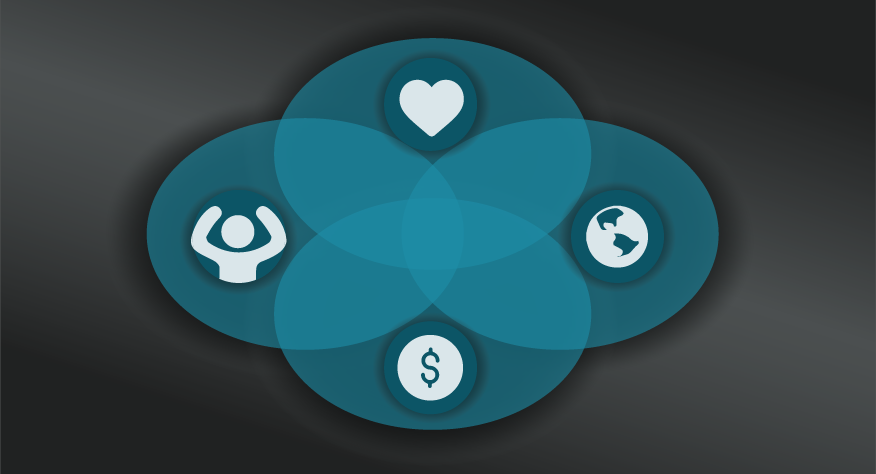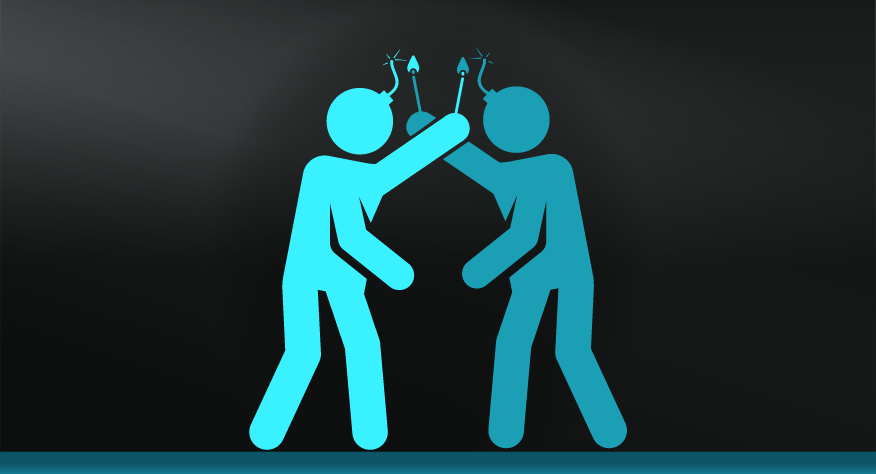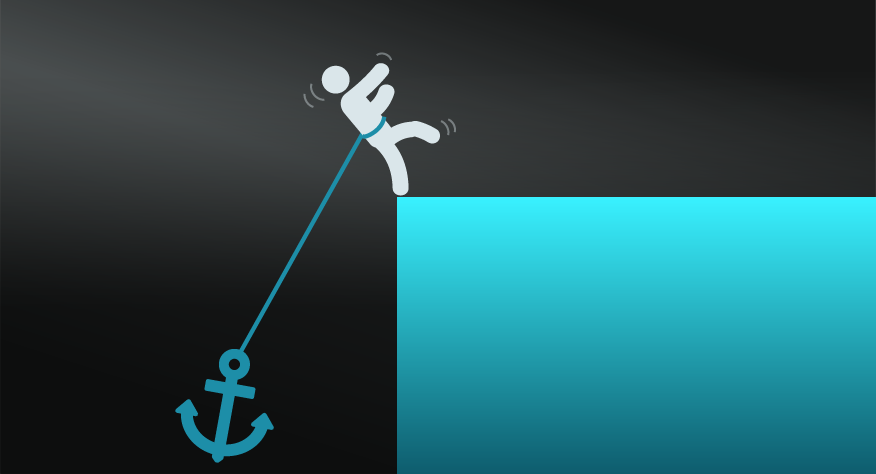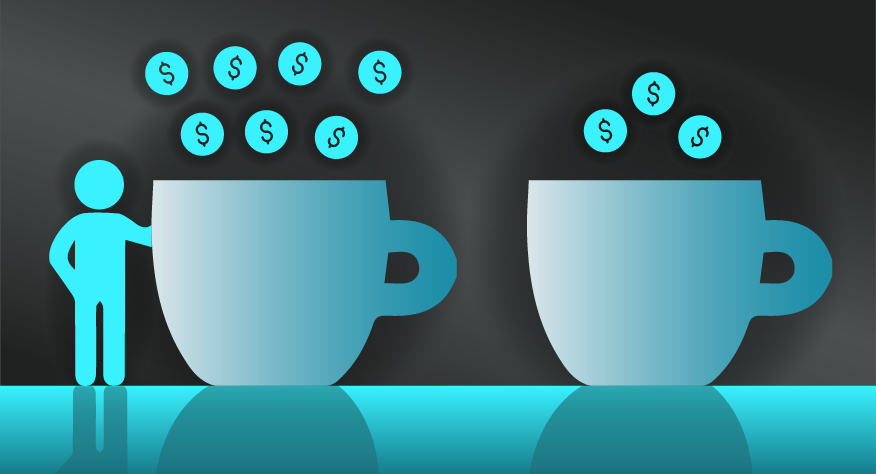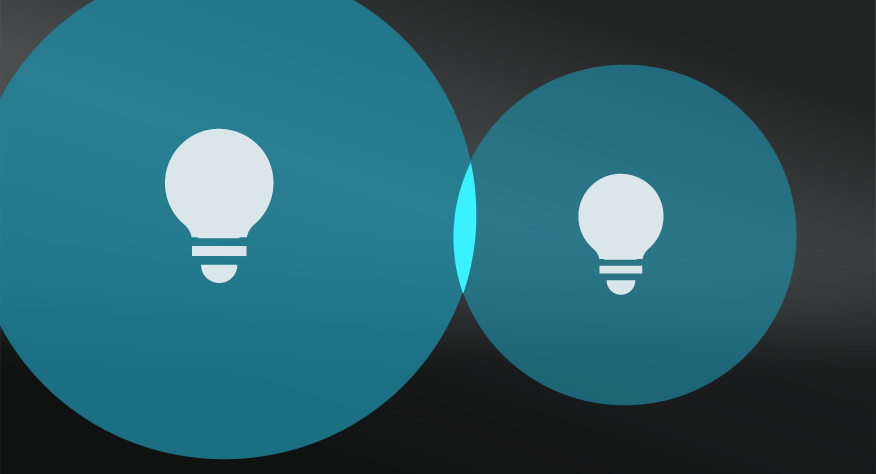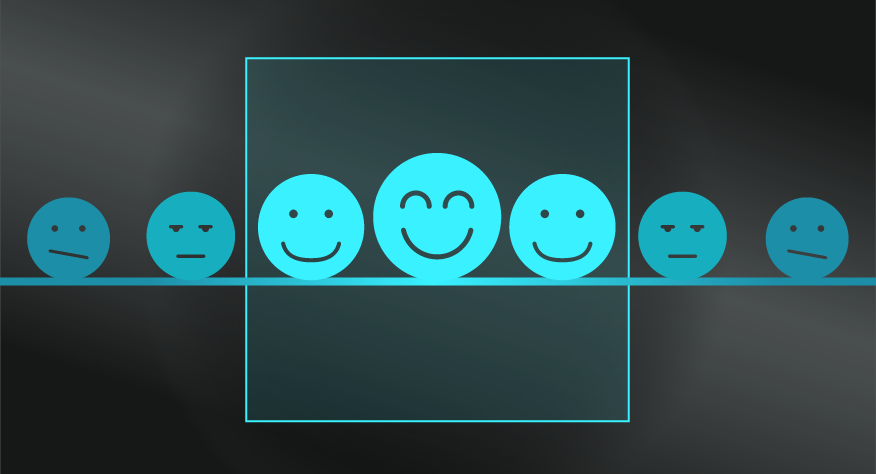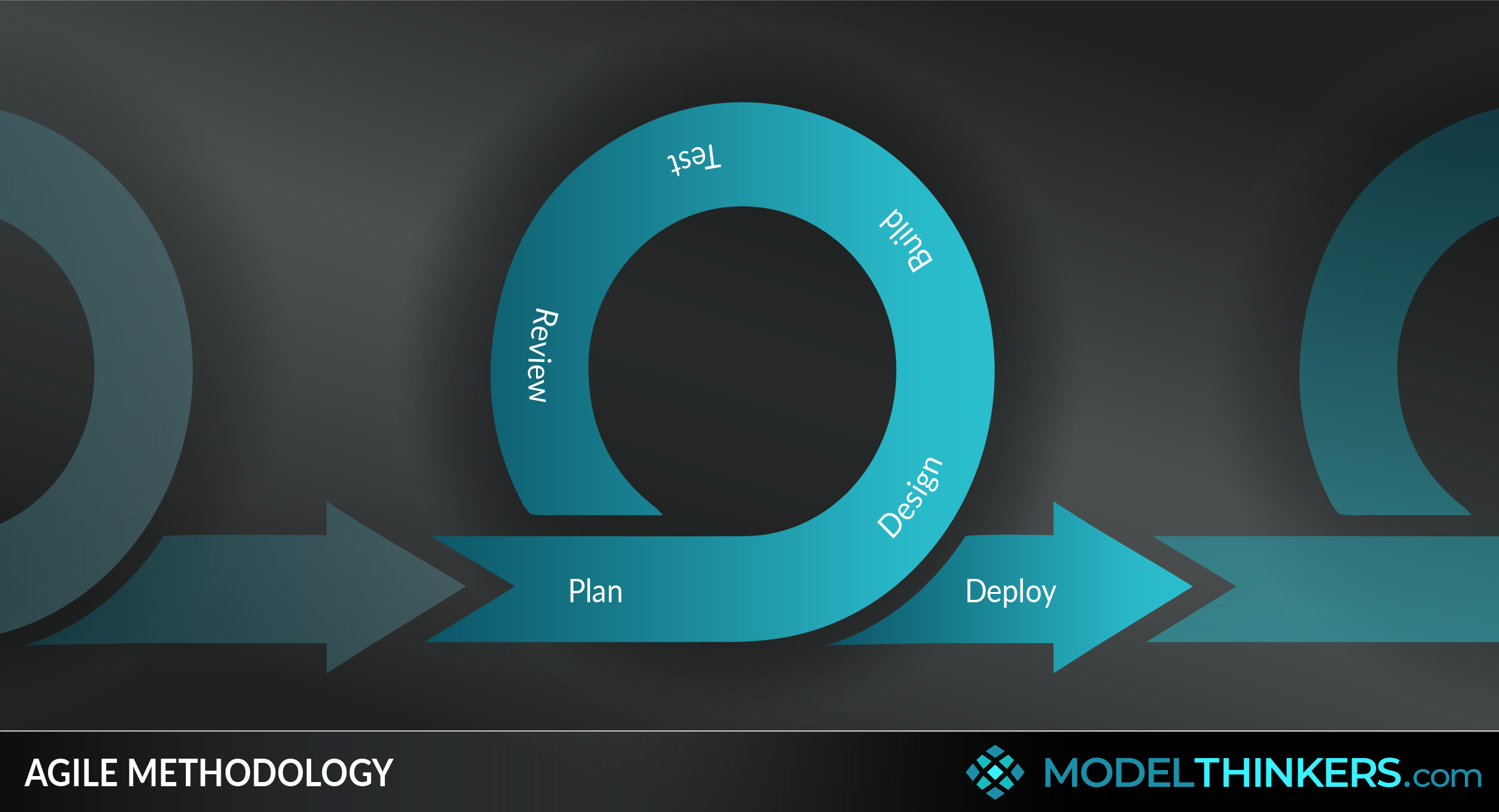
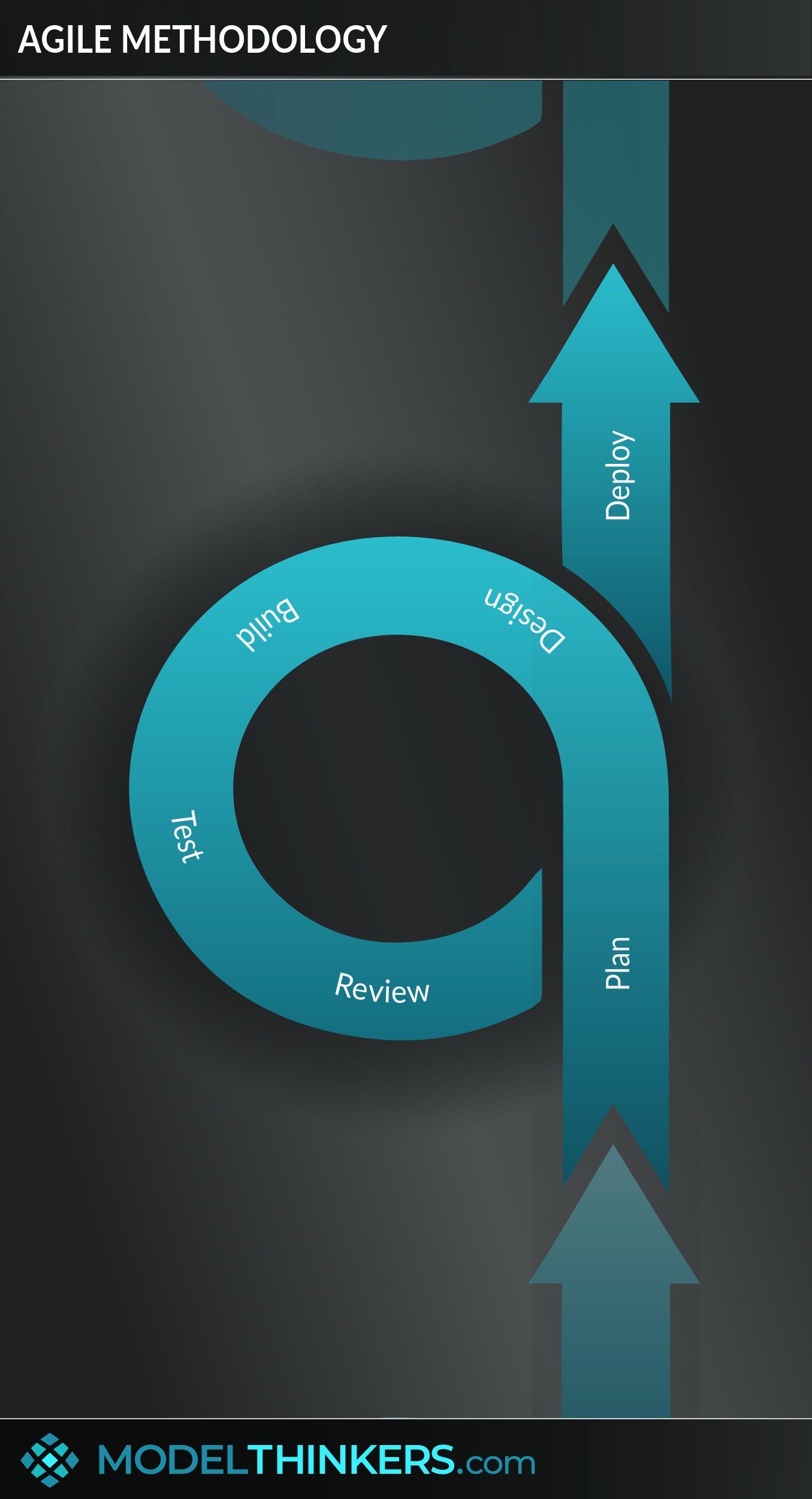
 0 saved
0 saved
 22.6K views
22.6K views








Agile was born in a reaction to the perceived rigidity of a traditional staged project management process, known as 'waterfall', where requirements and design went into one side of a long pipe then, after much time and investment, a product was spat out the other side with little room for feedback, changes or experimentation.
Agile Methodology is a combination of mindsets, processes and tools that take an iterative approach to project management, to deliver improved and continuous customer value, with greater predictability.
AN ITERATIVE, FLEXIBLE PROCESS.
Inspired by software development, Agile Methodology is a broad term that encompasses many approaches but tends to embrace iterative development by self-organised cross-functional teams who focus on delivering quick and iterative value to their target audience.
Agile Methodology aims to deliver iterative solutions and receive cycles of customer feedback to further refine and improve the approach. This clarifies the requirements and customer expectations/needs regularly throughout the process. The approach generally involves a flatter organisational structure with less divisional silos and more touchpoints with customers.
THE AGILE MANIFESTO.
The 2001 Manifesto for Agile Software Development laid out 12 principles, some of which have been incorporated into the Actionable takeaway section below, and four core values:
- Individuals and interactions over processes and tools
- Working software over comprehensive documentation
- Customer collaboration over contract negotiation
- Responding to change over following a plan
AGILE PRACTICES.
Three of the main approaches to Agile Methodology, each of which can be found in ModelThinkers, are:
- Scrum: the most popular approach that uses sprints, or cycles of development, to provide adaptive solutions to complex problems.
- Lean development: inspired by Toyota’s lean manufacturing focusing on continuous elimination of waste.
- Kanban: inspired by the concept of ‘just-in-time’, uses a Kanban board or table that helps organise task choices to support less lead times and greater adaptability. It can be used as a distinct approach or integrated into other approaches.
In addition, a more recent trend in software teams implementing Agile is to embrace a DevOps mindset to better break out of silos and deepen Agile impact.




- Focus on delivering customer value early and often.
Rather than hiding behind a long magical process before revealing an end product, consider how to incorporate regular cycles of delivering real value and engaging with customer feedback. This includes creating working elements that can be used by the customer immediately sooner rather than later.
- Welcome changing requirements.
Agile is designed to pivot and shift as more information comes to hand. This includes defining requirements and adapting to new directions as required.
- Provide autonomy, support collaboration.
Agile relies on providing an effective environment, guidance and support and then trusting individuals and teams to get the job done. Part of this involves creating cross-functional teams and providing strong access and feedback opportunities from both customers and key stakeholders.
- Support teams that continuously learn.
Agile provides the mindset and opportunity for teams to reflect and learn from their work as they continue to iterate and improve.
- Explore the tools, rituals and processes to see what works in your context.
This mental model presents a conceptual frame to Agile Methodology. More specific tools and approaches can be explored in the scrum, lean development and kanban models. For example, depending on your needs, you might experiment with incorporating a Kanban board, backlogs, retros or other specific tools in your approach.
Agile Methodology lends itself to complex problems with unknown solutions, particularly where the initial requirements will likely change. It also relies on the project’s ability to be modularised or broken down into smaller parts that can receive rapid feedback from end-users. This might not be required in some projects, where a waterfall approach will be more effective.
Another challenge of agile methodology is in its implementation. There are many examples of organisations investing in this approach only to use the rituals and language but unable to make the underlying cultural changes required to realise its potential.
Finally, agile is not the 'fix all' that many senior execs seem to believe. It's had the biggest impacts in software development where work can be dealt with in modular sprints and requirements often develop alongside the product.
Ericson: agile at scale.
This academic paper presents an in-depth outline of how Ericson embraced agile methodology. They were driven by a competitive market and need to enable improved end-to-end flow and continuous deployment. Some of the main takeaways from this paper include recommendations to focus on customising agile rollouts for large organisations.
Lonely Planet legal team.
This article outlines how Lonely Planet’s legal team adopted agile and lean practices to increase innovation. In a context where the legal team was largely reactive, they adopted three principles of delivering value, reducing waste and continuously improving. The article describes how the team have incorporated a Kanban board to capture, prioritise and track projects with greater transparency and collaboration. They claim that implementation took 100 days and has improved productivity by 25%.
While agile methodology arose in software development and project management it can be applied to countless areas including marketing, design, product management, communications and customer engagement.
Use the following examples of connected and complementary models to weave agile methodology into your broader latticework of mental models. Alternatively, discover your own connections by exploring the category list above.
Connected models:
- Scrum, kanban and lean thinking, all can be viewed as subsets or approaches within agile methodology.
- Minimum viable product: often incorporated into agile development models.
- Pareto principle: can be used to prioritise work.
- Diversification: in harnessing cross-functional teams.
- Compounding: in terms of developing an interactive approach that focuses on marginal improvements.
Complementary models:
- The golden circle: a north star or purpose is particularly required with relatively autonomous, distributed teams.
- Eisenhower matrix: as a simplified version of prioritisation and focused task allocation.
- Black box thinking: incorporating greater open-loops for data, feedback and continuous improvement.
- Design thinking: a powerful combination with agile methodology.
The 1990s saw software development challenged to keep up with customer demands and fast moving requirements. With sequential waterfall processes the norm, development was based on relatively inflexible timelines.
Alternative practices began to emerge and, in 2001, 17 individuals gathered at a ski resort in Utah and developed the Manifesto for Agile Software Development. This manifesto is credited with capturing a range of principles and values that continues to define and influence agile methodology.
Atlassian, who provide agile technology solutions, have provided a wonderful free resource about agile methodology here.
 My Notes
My Notes
Oops, That’s Members’ Only!
Fortunately, it only costs US$5/month to Join ModelThinkers and access everything so that you can rapidly discover, learn, and apply the world’s most powerful ideas.
ModelThinkers membership at a glance:






“Yeah, we hate pop ups too. But we wanted to let you know that, with ModelThinkers, we’re making it easier for you to adapt, innovate and create value. We hope you’ll join us and the growing community of ModelThinkers today.”
